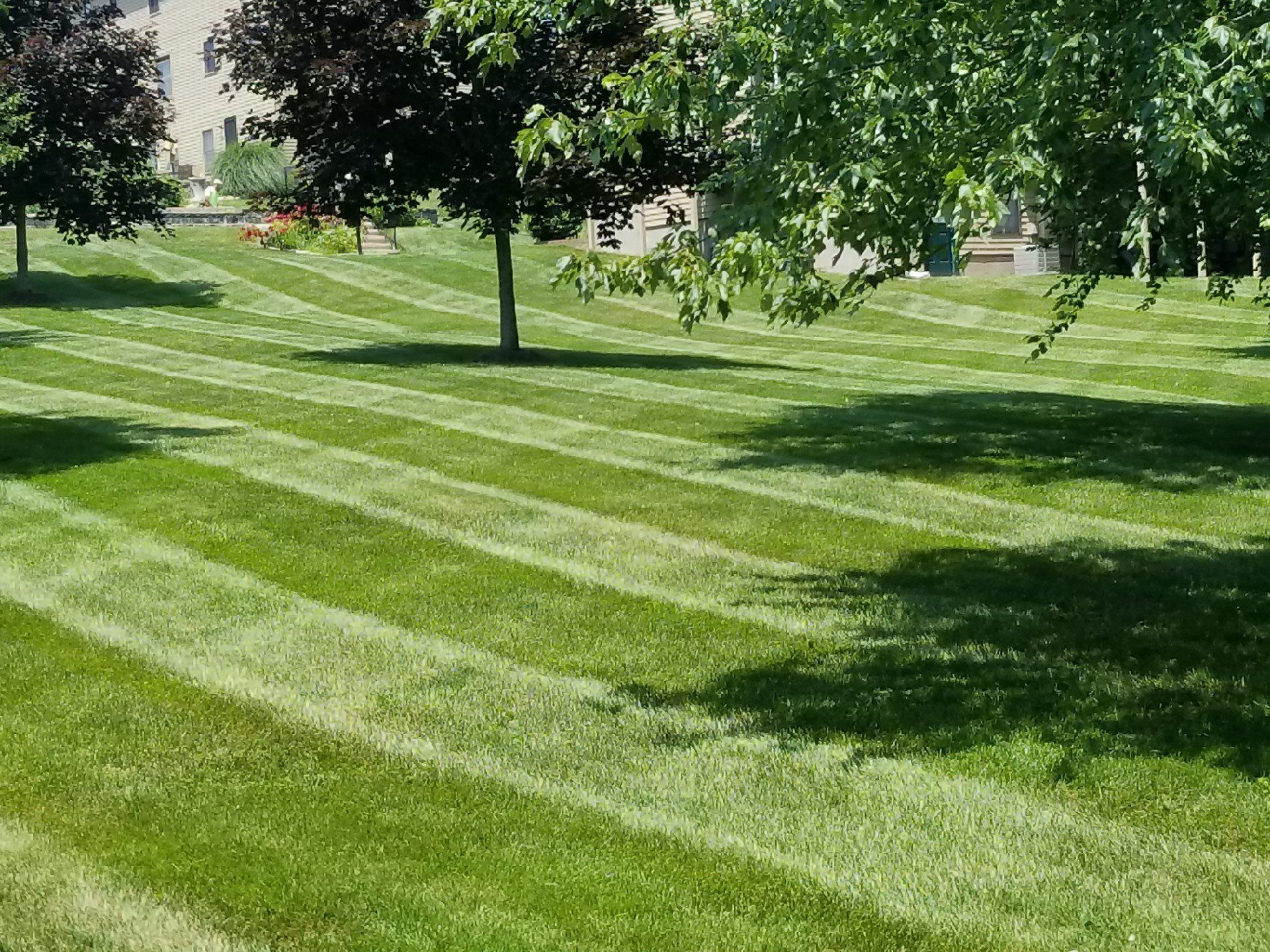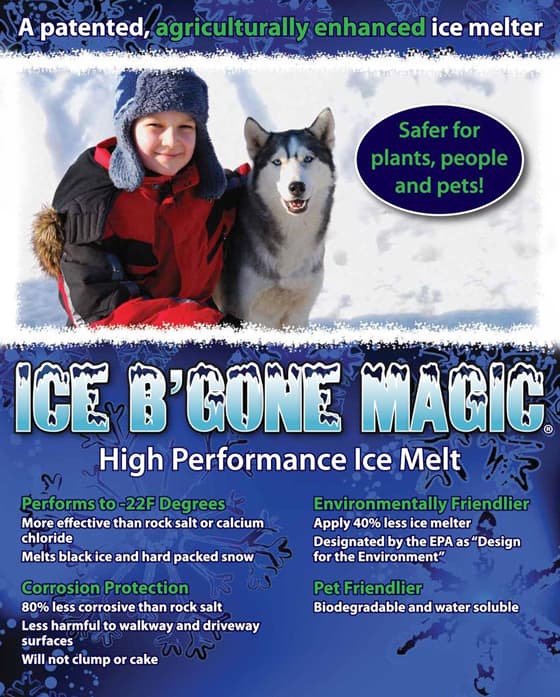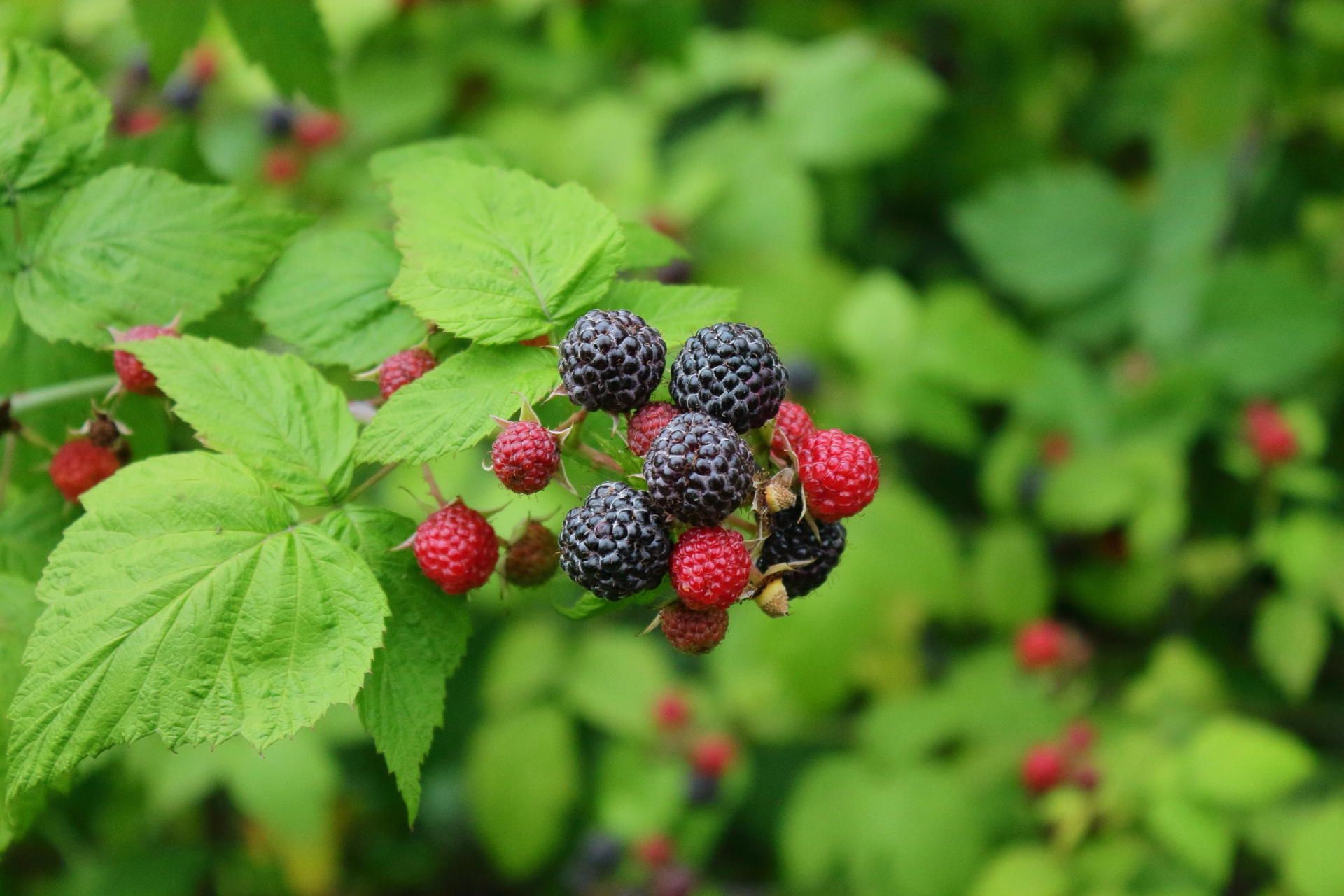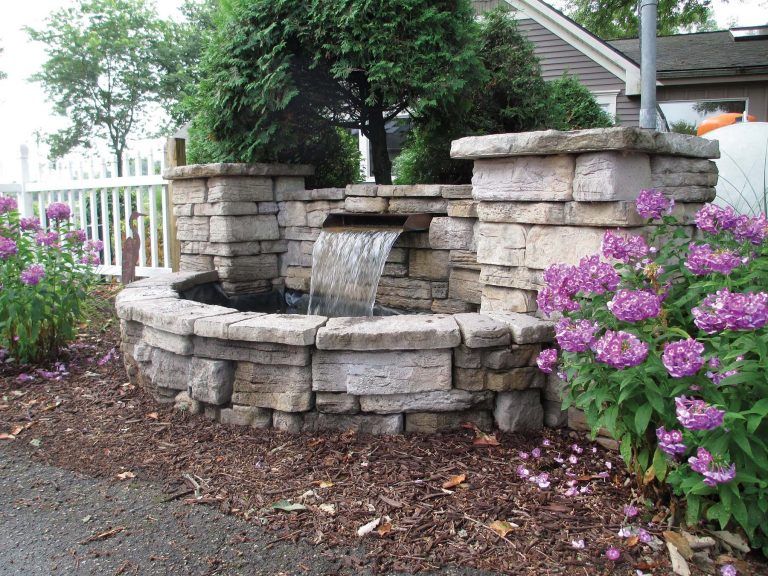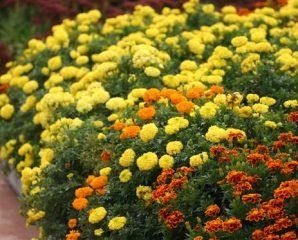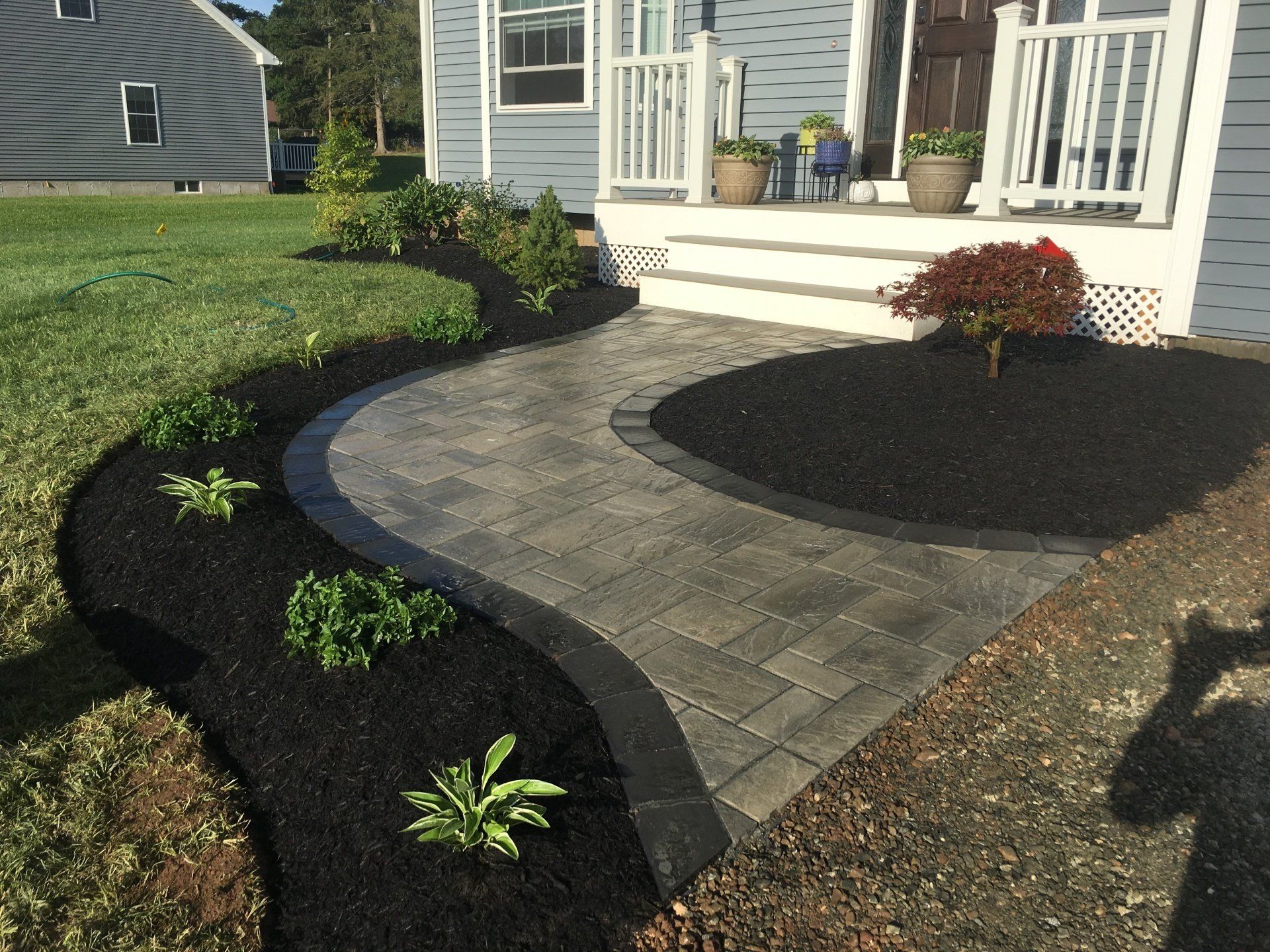What to Consider When Landscaping Your Connecticut Home
In 2012, the U.S. Department of Agriculture changed the plant hardiness zone map, the standard by which gardeners, garden centers and nurseries, select plants that are hardy enough to withstand winter conditions in a particular area. Most of the state of Connecticut falls in hardiness zone 6, although the extreme northwest part of the state is zone 5, and the southern coastal region is now considered zone 7.
This is a pretty significant change for the state of Connecticut because it means that plants have a greater chance of surviving winter. When you choose plants that are indigenous to the New England area, you have the certainty that they’ve survived in the area for many decades, if not longer.
Things to Consider Before Choosing Plants
Although hardiness is an important factor to consider when choosing plants, you also need to think about other important issues that will affect the success of your Connecticut landscape.
- Light – If you have lots of direct sunlight throughout your property, look for plants that need full sun. If you have shade, look for plants that do best in part sun or full shade.
- Hardiness Zones – Only choose plants that are hardy in USDA hardiness zones 5 through 7. As long as the plant includes those zones, they are well-suited to growing anywhere in the state.
- Water – Look for plants that don’t need wet or moist soil. Plants that can survive in average or dry soil are easier to grow and maintain.
Qualities to Look For in Low-Maintenance Plants
Zone Hardiness – The most important thing to look for regardless of the type of plant and growing conditions you have, is zone hardiness. If you want to lessen your landscaping maintenance, stick to hardy perennials that will survive tough winter conditions.
Ground covers – think of ground covers as a useful tool to help you avoid weeding. They also help soil temperatures stay consistent and keep it from drying out as fast.
Regional Wildflowers – Because they are native to the area, they adapted to climate conditions, not only to survive winter; they also spread or reproduce themselves, so once you plant them, you won’t have to replant them – until you divide them, but that won’t happen for several years.
Drought-Tolerance – Drought-tolerance means plants can survive extended periods without water. The ability to survive without frequent water makes these plants low-maintenance, easy to care for, and ideal in most conditions. Just be sure that you choose plants that are hardy in Connecticut.
Perennials – If you’re looking for low-maintenance plant options, choose perennials because they come back every year. Although your property may not look complete the year you plant them, you will see the benefits in future years, and you won’t have to plant new things every year – something you have to do when planting annuals.
Descriptions to Avoid for Low Maintenance Landscaping
If you are trying to cut the amount of work you have to do on your property, there are certain words to look for; they are indicators that that plants whose description or label bears the words, need a lot of maintenance.
Soil pH – Avoid plants that must have a specific soil pH or that need a certain acid or alkaline level. It takes work to get the soil to those levels.
Organic Matter – Avoid plants that must grow in soil amended with organic matter. You don’t want to have to keep running to the garden center to buy bags of compost to improve your soil.
Moist or Wet – Plants that need moist or wet soil are water-loving plants that have to be watered often. They may also need frequent feedings. If you are looking for low-maintenance, steer clear of this description.
Low maintenance plants thrive with minimal care, so you won’t be a slave to a water and fertilizer schedule. As long as you keep your property clean and free of weeds (either with ground covers or mulch,) you’ll be able to enjoy the things you plant for years, as they reseed themselves, spread, and produce more flowers and lusher foliage.
